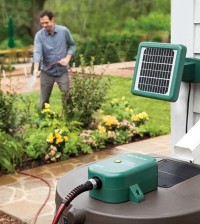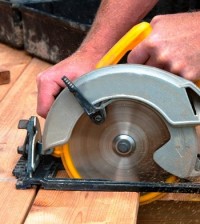All You Need to Know about Motion Control
Motion control, or more commonly known as “servo control”, is a term that a lot of people can’t define in the right manner, yet they encounter and perform the action on a daily basis, such as driving their cars. And there’s no fuss about it, since this is a term from advanced engineering. However, that’s why I’m here to simplify it all for you.
What exactly is a motion controller?
Explained in the simplest way possible, the term “motion control” (servo control or robotics in some cases), refers to the act of moving a specific load in a controlled manner by using systems like pneumatics, hydraulics or an electromagnetic actuation technology. The device that moves the load, or more precisely that provides the energy for moving the load, is called an actuator and its work is based on power, speed, precision and cost, so it’s only natural that the used actuator should be flexible, efficient and cost-effective at the very least. Also, the choice of actuator will largely depend on the level of precision of the system.

Motion controllers are used in applications which provide moving an object from one place to another with varying degrees of precision. Therefore, the most important dimension that determines the type of controllers used is the needed degree of precision. Most applications require motion controllers that allow moving an object from one place to another without paying too much attention to acceleration, deceleration and speed of motion, while other need precise coordination of all motion aspects.
In most servo or motion systems, the motion controller is the brain element. As such, it’s responsible for motion paths’ generation and reactions to outside environments. Their construction can vary from a very simple ON/OFF switch or an operator controlled dial, to a complex one as a computer, offering a possibility for controlling multiple servo axes at one time. Motion controllers are specifically designed for the control of motion, and as such are the simplest to use from the palette of controllers. In most cases they’re PC based and allow for a graphical user interface. They also come with advanced features such as tuning, commutation sensing and others. Since these controllers are much easier to use, they come at a higher price.
How does it all work?
It’s a rather simple process taking place in a motion control system made of several elements: an application software, the motion controller, the amplification element or drive, a motor and a feedback device. Normally, the controller would send a signal to the drive which is responsible for providing the power. Once the power is produced by the drive, it’s sent to the motor. The feedback element is activated here as it sends the signal back to the controller and the drive. The feedback component also sends a signal from the load to the controller so the controller can analyze it and correct any possible errors. The cleaned signal is then sent to the amplifier.
The motion controller is considered to be the intelligent part of it, since it provides the movement profile. A movement profile contains the acceleration rate, run time, speed and deceleration rate of the load, so when the actual movement differs largely from the expected, the motion controller corrects it.
In a nutshell, these would be the basics on motion controllers. Have in mind that this is engineering and physics, so if you feel like you need to research more before you purchase the device, be thorough with it.










